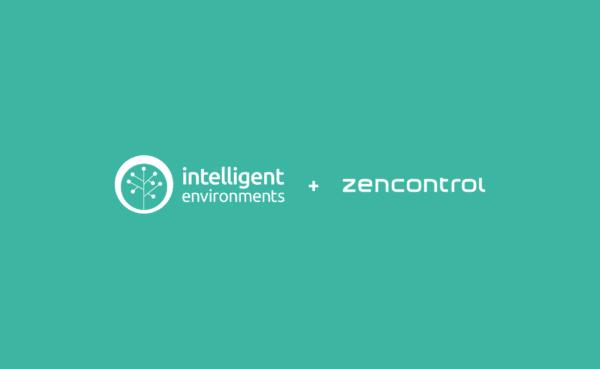Invariably when an issue comes up with a device on a DALI-2 network that is not performing as it should, the immediate defence from any supplier of said device is to state “but it’s DALI compliant!”
The original DALI logo is used widely throughout the lighting industry to indicate products that are compliant with version-1 of the DALI standard. Without doubt this logo usage will continue in the short term.
However, suppliers should be aware that DALI version-1 testing is based on unverified self-registration by manufacturers, which means that the test results are not reviewed, certified or verified by any third party. As many integrators will affirm, this has caused numerous interoperability issues for DALI version-1 products from different manufacturers.
 A significant difference in DALI-2 certification is that the product compliance process includes a verification step, in which the test results are checked to confirm both that the correct tests have been carried out, and that the results are all successful.
A significant difference in DALI-2 certification is that the product compliance process includes a verification step, in which the test results are checked to confirm both that the correct tests have been carried out, and that the results are all successful.
The DALI-2 standard was designed in such a way that commands for functions and features that existed in DALI version-1 were maintained in the new standard. This means, from a basic lighting perspective, DALI-2 controllers are backwards compatible with conventional DALI luminaires. However, we are finding that using DALI version-1 devices in new DALI-2 systems highlights product problems that may not have been apparent in the less advanced version-1 systems.
An example of this is with lighting drivers that may indeed be DALI compliant and display the original DALI logo, but when connected into a DALI-2 control system, may result in some strange results such as flickering of the ballasts, lights turning on or off, or not dimming as per the programming. In most cases, this turns out to be the result of firmware errors. Unfortunately, however, such errors are not immediately discernible, and the driver has to be connected to a fully certified DALI-2 testing machine before results can be found, and steps taken to remedy the issue.
When the integrator points out that the lighting problems are not due to the control system, but to firmware issues with the driver, the usual response from the supplier is that the driver has been used in multiple other installations with no problem, and there is an attempt to lay blame the control system. Often it is only once the manufacturer of the lighting drivers agrees to get their product tested on a DALI-2 certified machine, that they then understand the issues and can quickly take steps to upgrade the firmware in their product to make them DALI-2 compliant.
Another common issue with compatible, yet not DALI-2 compliant products is a lack of unique GTIN and serial numbers. A modern DALI-2 lighting control system will register each connected device not by the easily changed DALI short address but by the globally unique GTIN and serial number. This ensures that any malicious changes to the system can be restored, allows through life tracking of products and ensures that emergency testing correctly refers to the actual device.
Why have we moved to DALI-2
The original DALI protocol was drafted over 20 years ago and has undergone several revisions over that time. These revisions have resulted in the release of a second version of the DALI standard IEC 62386, known as DALI-2.
DALI-2 certification provides significantly improved interoperability between DALI devices. The DALI-2 test sequences — the parameters for testing on approved test equipment — are much more detailed than for version-1 and fill in many of the gaps that have been known to cause interoperability problems in the past.
As we see the use of DALI-2 certified products within a DALI system, there should be far fewer issues and better control in the quality and functionality of certified products.
To display the DALI-2 logo the product must be tested for compatibility with standardised test equipment and certified by the DiiA. All certified/verified DALI-2 products are listed on a searchable DiiA database available at www.dali2.org/products
Testing can be carried out either by a manufacturer (assuming they have invested in the correct test equipment) or by a test house. In either case, test results are independently verified by DiiA before DALI-2 certification is granted.
The benefits of DALI-2 for the integrator lie in the ability to design an efficient system with quality and performance control standardised across all manufacturers and devices. For the end-user however, this latest version of the DALI standard allows for better integration of lighting with other building technologies, improved control, and comprehensive analytics provided by information feedback from the system.
At the time of publication, there are more currently certified DALI-2 products then there has ever been registered DALI version-1 products. This means that by choosing DALI-2 end users have more choice than ever before.


